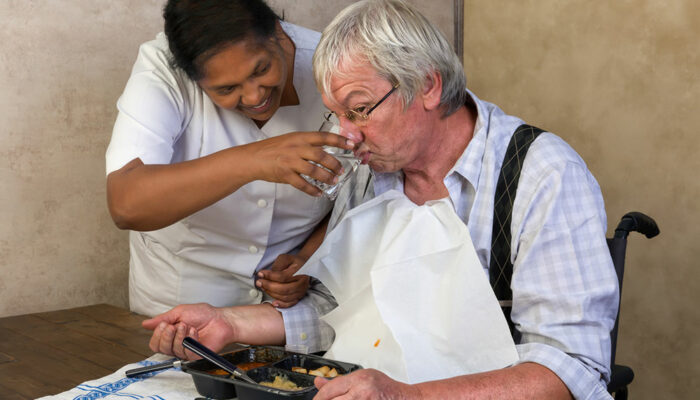
Melanoma – Types and risk factors
Melanoma is considered as one of the most serious types of skin cancer that originates in the cells responsible for producing the pigment melanin. This pigment gives one’s skin, hair, and eye its distinct color and identifying marks. There is no exact cause of melanoma known as of yet. The melanocytes usually form moles, and having more than 50 moles on the body could indicate a possibility of developing melanoma. This type of skin cancer that can affect children (in rare cases), young adults, and older people alike.
Types of melanoma
There are four primary types of melanoma. Of these, three types—lentigo maligna, acral lentiginous melanoma, and superficial spreading melanoma—are not invasive in nature. However, nodular melanoma is a type of melanoma that is invasive in nature right from the initial stages of the development of this disorder. Depending on the types of skin cancer, melanoma can affect the arms, legs, trunk, or even the scalp.
The ABCDE technique for self-examination
This is one of the more successful techniques that allows people to examine if the melanoma is benign or malignant in nature. One must learn to identify the following indicators of the condition to ascertain the severity of the condition.
- A- Asymmetry
- B- Border
- C- Color
- D- Diameter
- E- Evolving
Risk factors associated with melanoma
Everyone suffers from a marginal risk of developing melanoma at some point or the other. However, the following factors increase the chances of developing skin condition significantly.
- Sun exposure: Ultraviolet light is dangerous, and persistent exposure to UVA and UVB rays increase the chances of suffering from melanoma. Frequent sunburns, living in regions with a tropical climate can also increase the chances of developing this type of skin cancer. Artificial tanning also increases the chances of suffering from a skin abnormality.
- Moles: Moles are brown blemishes, a type of common skin growth. Everyone develops one of the two types of moles in their lifetime including beauty marks and atypical moles.
- Skin type: Fair skin people are at a higher risk of developing melanoma in comparison to people who have a slightly duskier skin tone. People with light hair and eye color are also at an increased risk of suffering from this type of skin cancer.
- Previous history of melanoma: Melanoma is a type of skin cancer that is recurring in nature which is why one must exercise caution and ensure risk factors are kept in check. People who have previously suffered from basal cell carcinoma or even squamous cell carcinoma can develop symptoms of the skin condition if the required precautions are not taken.
- Weak immune system: There are multiple medical conditions and treatments that can weaken the immune system including AIDS, lymphoma, prolonged exposure to sunlight, chemotherapy, and even an organ transplant. A weak immune system will not be able to fight off the external triggers that cause melanoma, thus rendering the body vulnerable to this disorder.
- Family history: Genetics play a very important role in a person developing melanoma. Studies have shown that having a first-degree relative who has suffered from skin cancer previously significantly increases one’s chances of developing this type of cancer.




